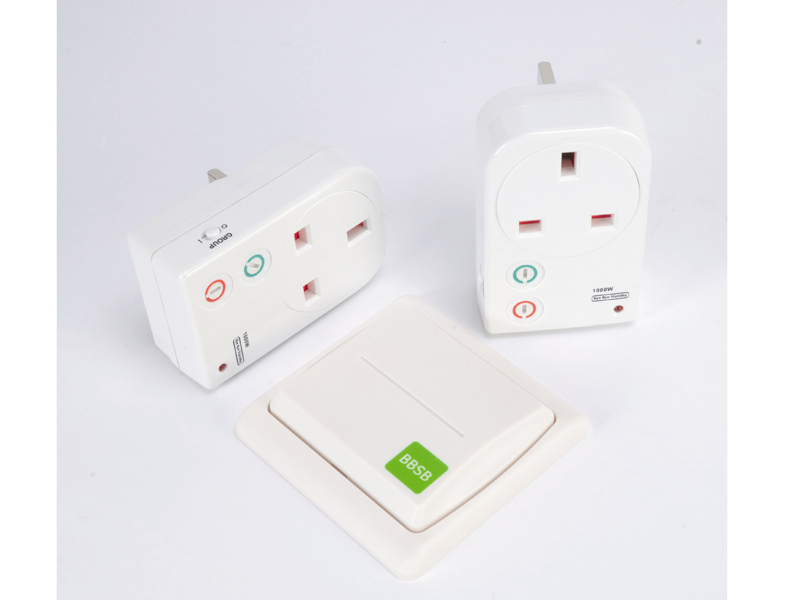
Given the huge risks that global warming poses, it's tempting to splash out on the most grandiose gadgets and gizmos in the name of salvation. For around two thousand pounds you can add a wind turbine to your house. Chuck in another four grand and you can fit a solar water heating system. For technologists like us, the allure is almost irresistible – in one swoop, you've got new kit and done your bit for the planet.
Sadly though, grand technological gestures aren't necessarily the most efficient means of going green. Rather than making your own energy, you're better off improving the insulation in your home. It's not really sensible to spend lots of money converting wind and sunlight into heat only for it waft out of your loft.
The PC angle
Of course, PC Plus isn't really the place to discuss radiators and hot taps. We're more interested in computing behemoths with sockets and blinking lights. Of late, one light in particular has become the focus of much attention: the dastardly standby light. Fittingly, it's usually a devilish red.
The Energy Saving Trust reckons the average house has around 12 gadgets left unnecessarily on standby. Scottish Power calculated that the amount of energy wasted each year on devices left on standby is worth £740million. These figures date back to 2006 – since then fuel prices have rocketed.
However, that's not the worst of it. According to the Organisation for Economic Co-Operation and Development (OECD), devices left on standby mode account for around 10 per cent of residential electricity demand. On the national scale, the OECD claims that standby power is responsible for 20TWh of electricity consumption in Germany alone.
To put this figure into context, the British nuclear power plant Sizewell B generated 8.9TWh in 2007 . Germany would need two Sizewell Bs just to keep those little red standby LEDs lit. Imagine what this means across the whole world.
Get daily insight, inspiration and deals in your inbox
Sign up for breaking news, reviews, opinion, top tech deals, and more.
The answer
So what can be done? The answer lies in a mixture of education, legislation, and common sense. First, we all need to get into the habit of turning off devices at the plug when they aren't in use.
Of course, it's easy to forget to flick the wall switch before bedtime, but there are a ream of products which can help out. There's the Intelliplug (reviewed here), which senses when a device is put into standby and turns it off when the tell-tale power drop happens. Also consider the Bye- Bye Standby (reviewed on TechRadar here), effectively a remote control system letting you turn off devices at the wall without the need to fumble around behind your TV or PC.
Expecting us all to purchase these gadgets isn't enough, though. Companies making electronic devices must be encouraged to think carefully about how standby modes are implemented with sensible legislation. To help focus their minds, the International Energy Agency (IEA) has launched an initiative called the 'One Watt Plan'.
The scheme has the support of the UK government and should, as the name suggests, see devices drawing only one Watt when they're not in full use. It's hoped the plan will gain some legislative teeth by 2010.